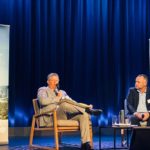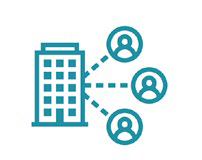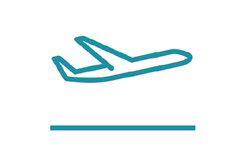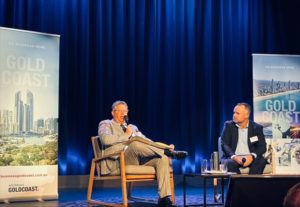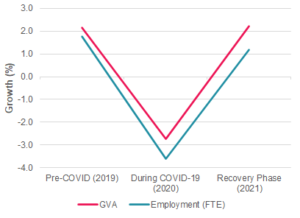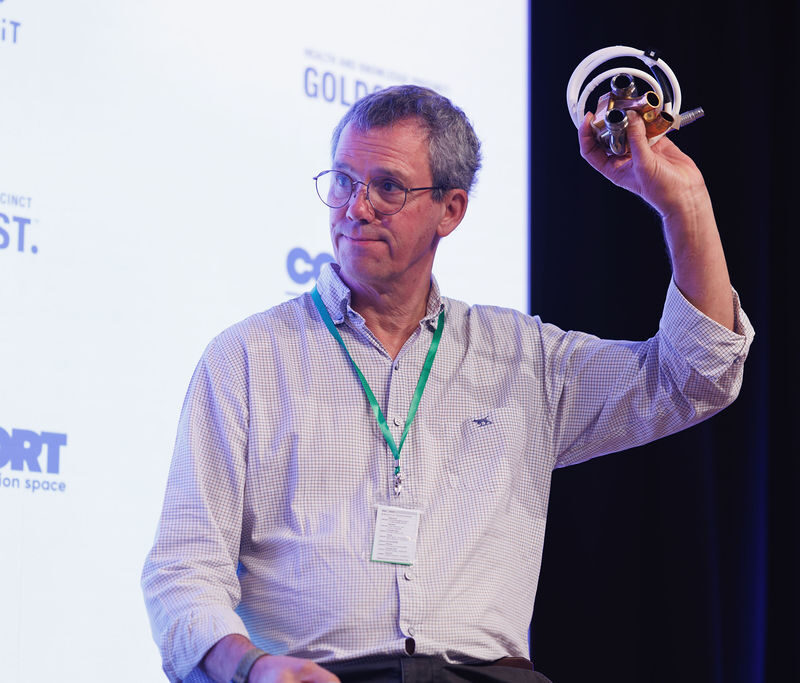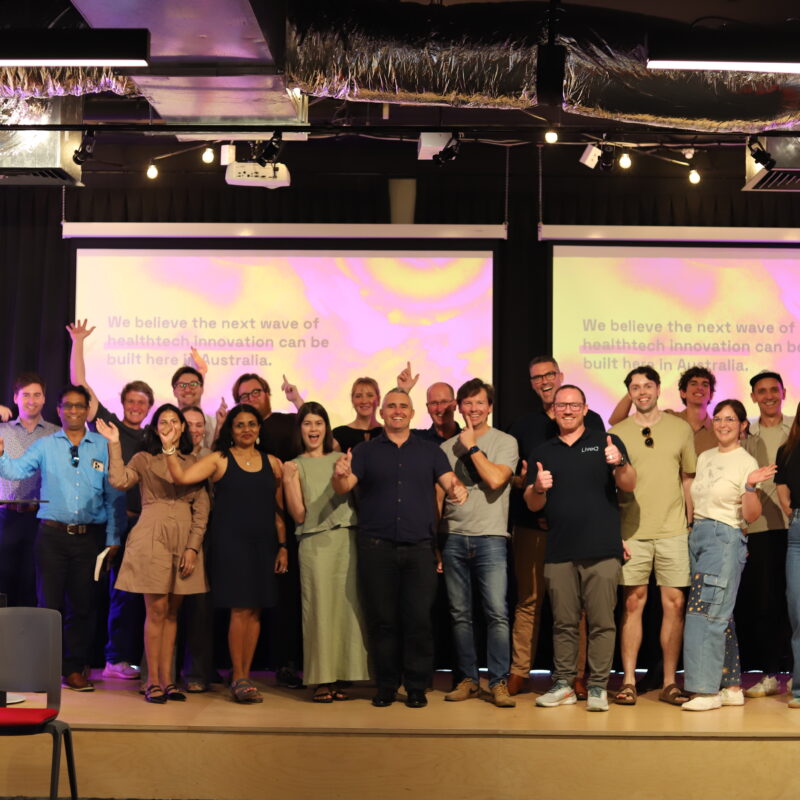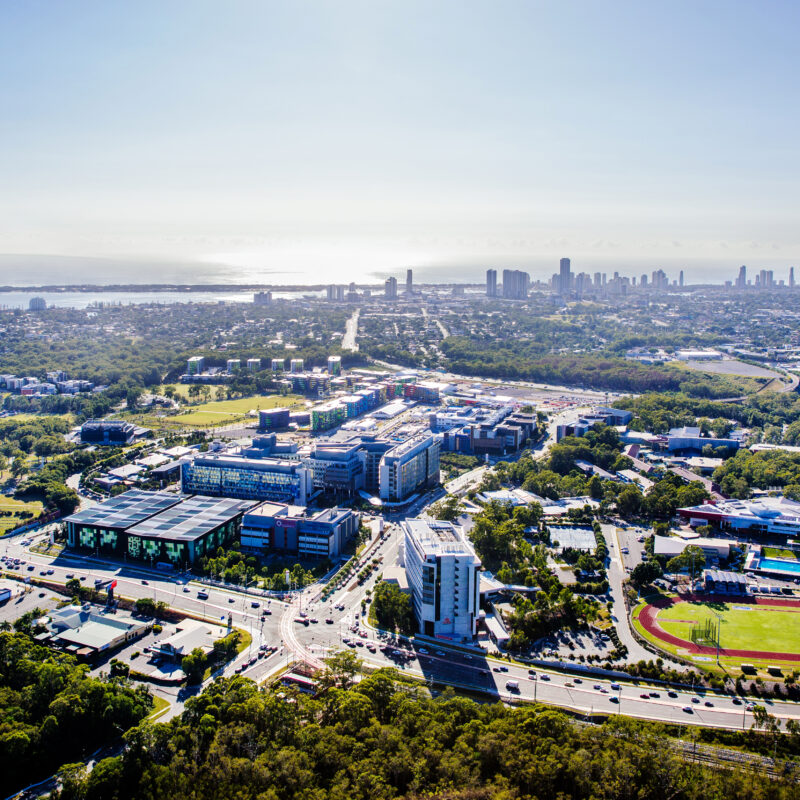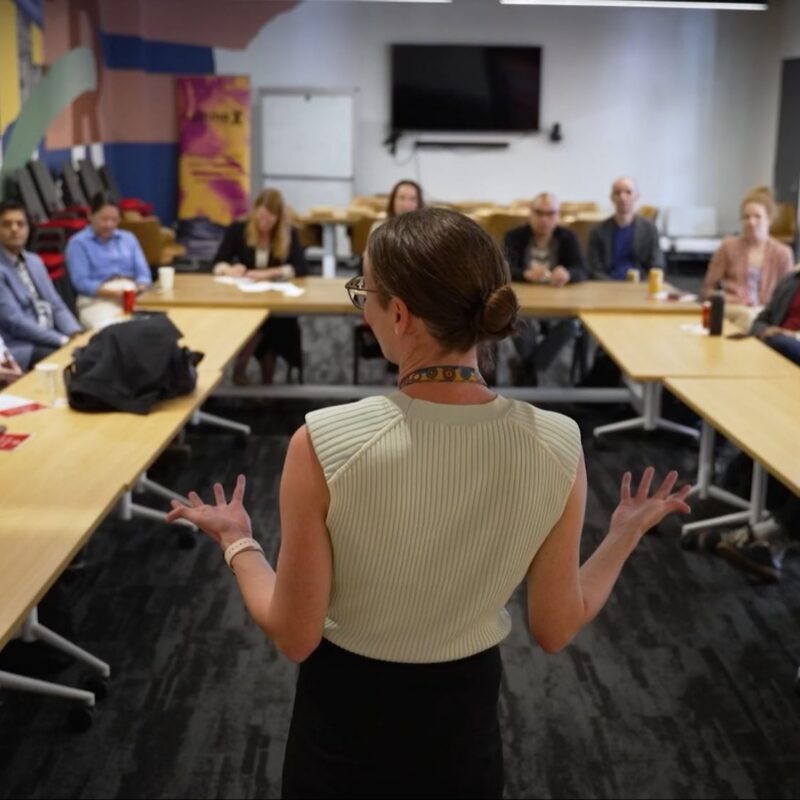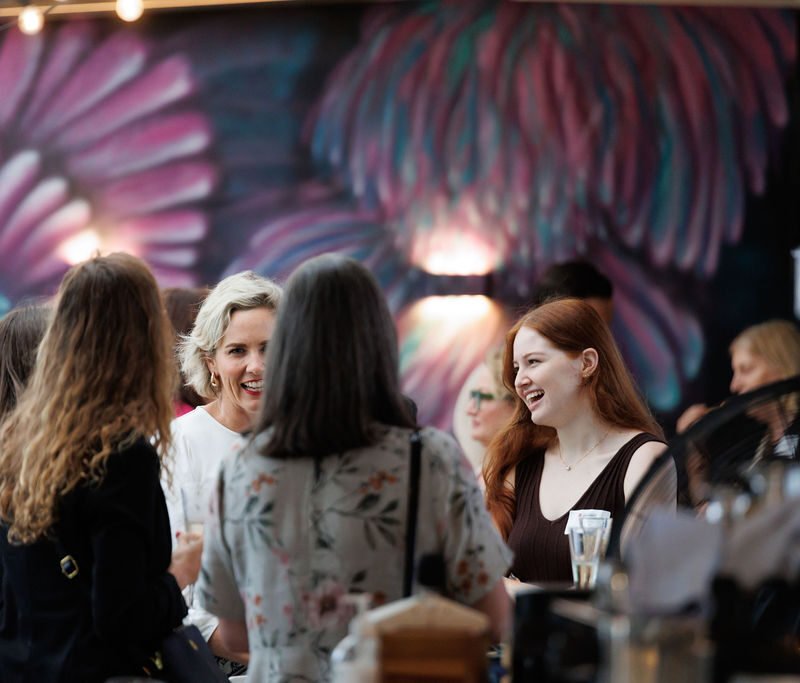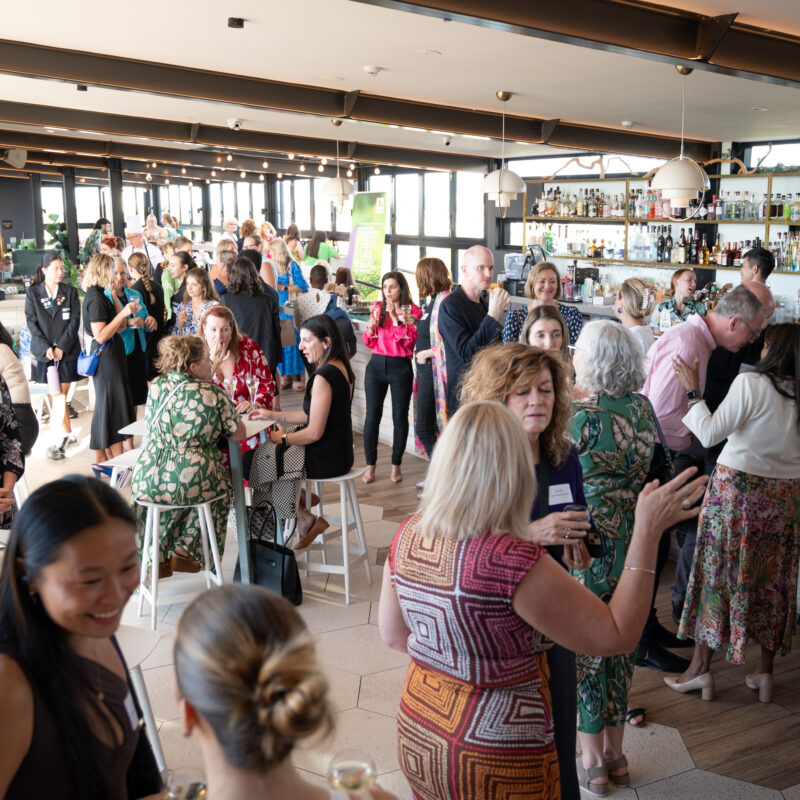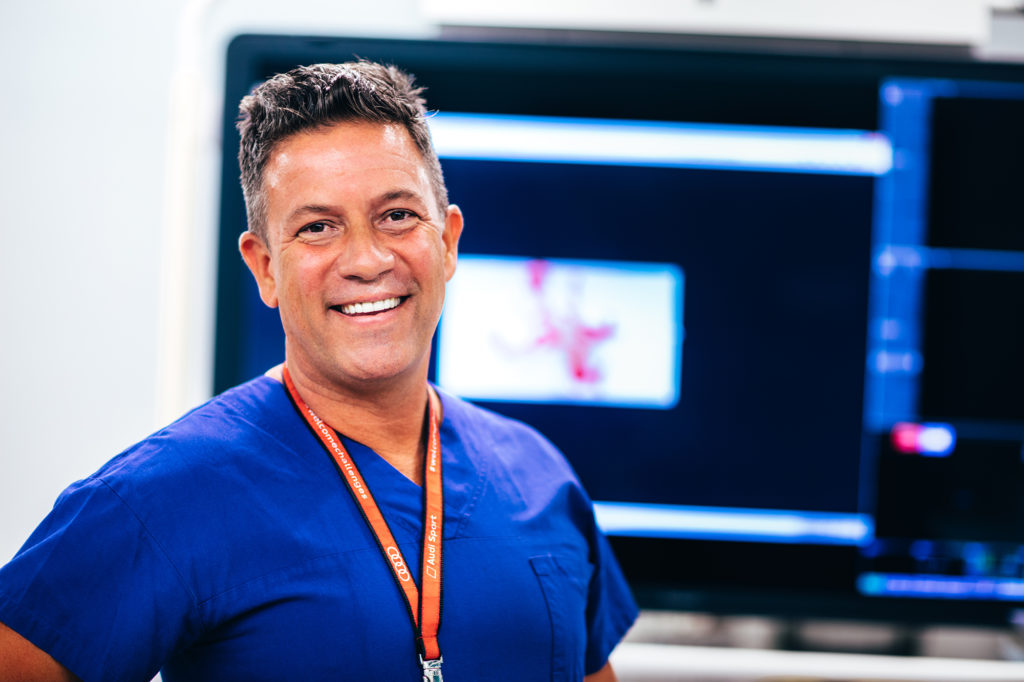
Ask Interventional Radiologist Dr Hal Rice to respond to his recent award as Gold Coast Australian of the Year 2022 and he’ll begin by humbly sharing the honour with his team – just as he credits his world-leading impact on stroke patients to a dedicated team effort to always put patients first.
World-leading clinical research and training recognised
“It is a huge honour and I think it is really nice the recognition not just for myself but for my team who work tirelessly to provide the service we do at Gold Coast University Hospital, and really for health in general, it recognises the whole healthcare community,” Dr Rice says.
“We’re part of an international community, in research and teaching, and in giving back and this benefits our patients first and foremost, and our international reputation means we’re working with most of the multinational companies, many of who are moving to the Gold Coast because they see the benefits of what we are doing and planning in the health and knowledge precinct, it ticks a lot of their boxes.”
For the past two decades, Associate Professor Dr Hal Rice has operated a comprehensive Interventional Neuroradiology service at Gold Coast University Hospital, which he co-founded with colleague Dr Laetitia de Villiers, literally pioneering a new life-saving field of medicine for patients with severe Brain Aneurysms and Acute Ischaemic Stroke.
But as young medical intern, he almost took a more conventional career path as an orthopaedic surgeon, before discovering the then-fledgling field of minimally-invasive surgery – innovation it seems is in his blood (or blood vessels to be very, very precise)!

Hal completed his fellowship in Diagnostic and Interventional Radiology before undertaking a prestigious Neuroradiology Fellowship at the Icahn School of Medicine at Mt Sinai, New York, and the rest is his impressive history of world-class innovation – trialing the latest devices from around the world, delivering highly-specialised training, undertaking world-first robotic procedures, and together with Laetitia, saving lives.
In our video below, Hal explains how they use high-quality imaging to navigate up into the brain through the blood vessels, utilising tiny devices to repair life-threatening damage and working with innovative 3D printed models to train overseas specialists.
Business is also in Hal’s blood – 15 years ago he co-founded the successful QScan Radiology Group, which now operates medical imaging and interventional radiology clinics across Australia. He’s also held Associate Professor roles at both Griffith and Bond Universities for the past 8 years, further demonstrating his strong commitment to cutting-edge clinical research and education, while he joined the board of the Gold Coast Titans in early 2020, and most recently became a member of the Griffith University Council.
Hal and Laetitia co-hosted the 2015 World Federation of Interventional and Therapeutic NeuroRadiology on the Gold Coast, bringing 1200 of their specialist colleagues from around the globe to a conference that injected several million dollars into the local economy, and they haven’t stopped since.
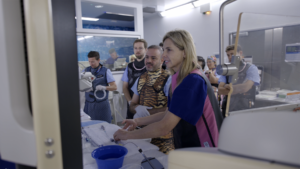
In 2020, they successfully performed only the second robotically-assisted aneurysm removal in the world, and have since completed the largest caseload globally for this cutting-edge procedure.
While the pandemic has made training opportunities more difficult, the pair is now ramping up their teaching of overseas physicians from the Asia Pacific, including co-hosting more than 80 colleagues with global medical device company Medtronic next month, in what will be the first medical conference to be held at the new The Langham Gold Coast luxury hotel. And there are more exciting plans to come – watch this space!!
Listen to Dr Rice as he shares his story and vision in the latest episode of Lumina’s HealthTech Talks podcast series and prepare to be inspired!
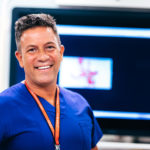
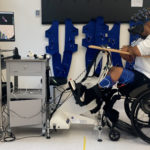
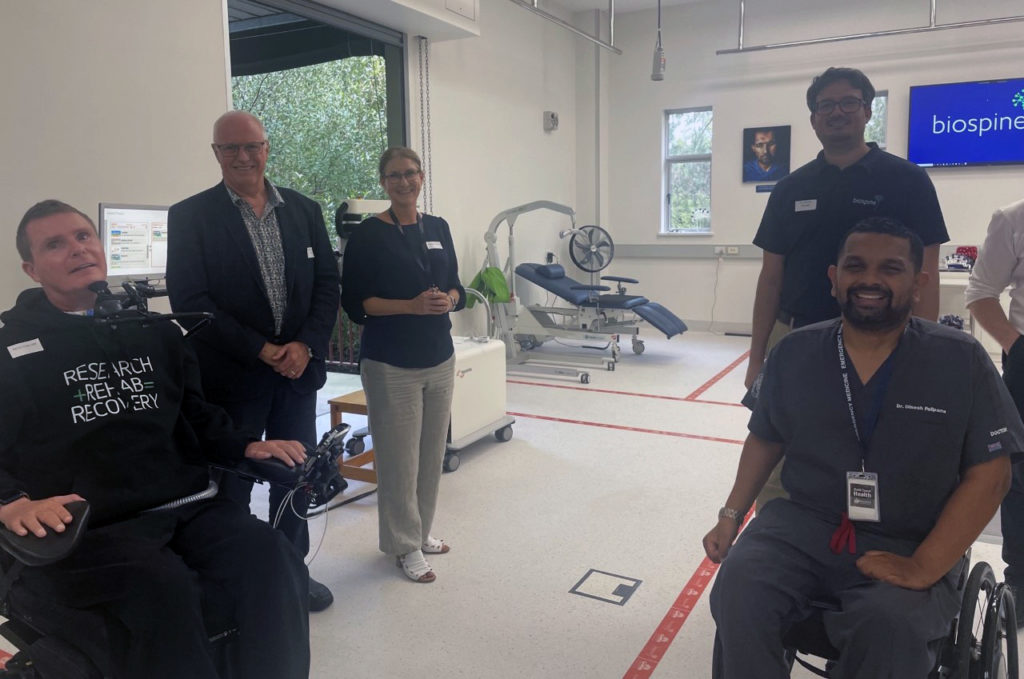
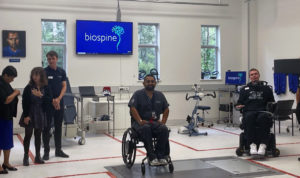
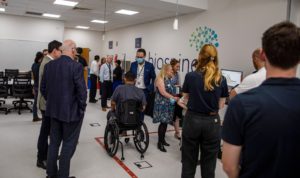
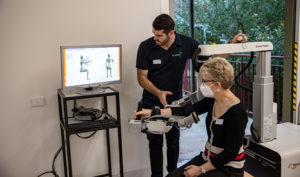

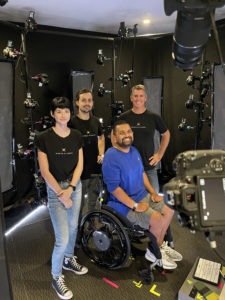
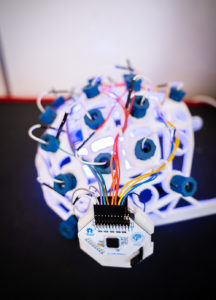 The Brain-Computer Interface
The Brain-Computer Interface 